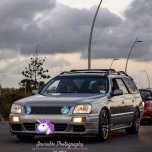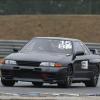Low ignition timing at idle 25DET NEO
Announcements
-
Similar Content
-
Latest Posts
-
Even face her a wash now that’s it worth more than my house
-
This was what I was invisioning, or Pete cutting a beer can up and hose clamping it around the catch can! Ha ha ha
-
To roll with the Wine fuelled racing theme, I think those catchcans need to be made to look something more like a beer can...
-






Recommended Posts
Create an account or sign in to comment
You need to be a member in order to leave a comment
Create an account
Sign up for a new account in our community. It's easy!
Register a new accountSign in
Already have an account? Sign in here.
Sign In Now